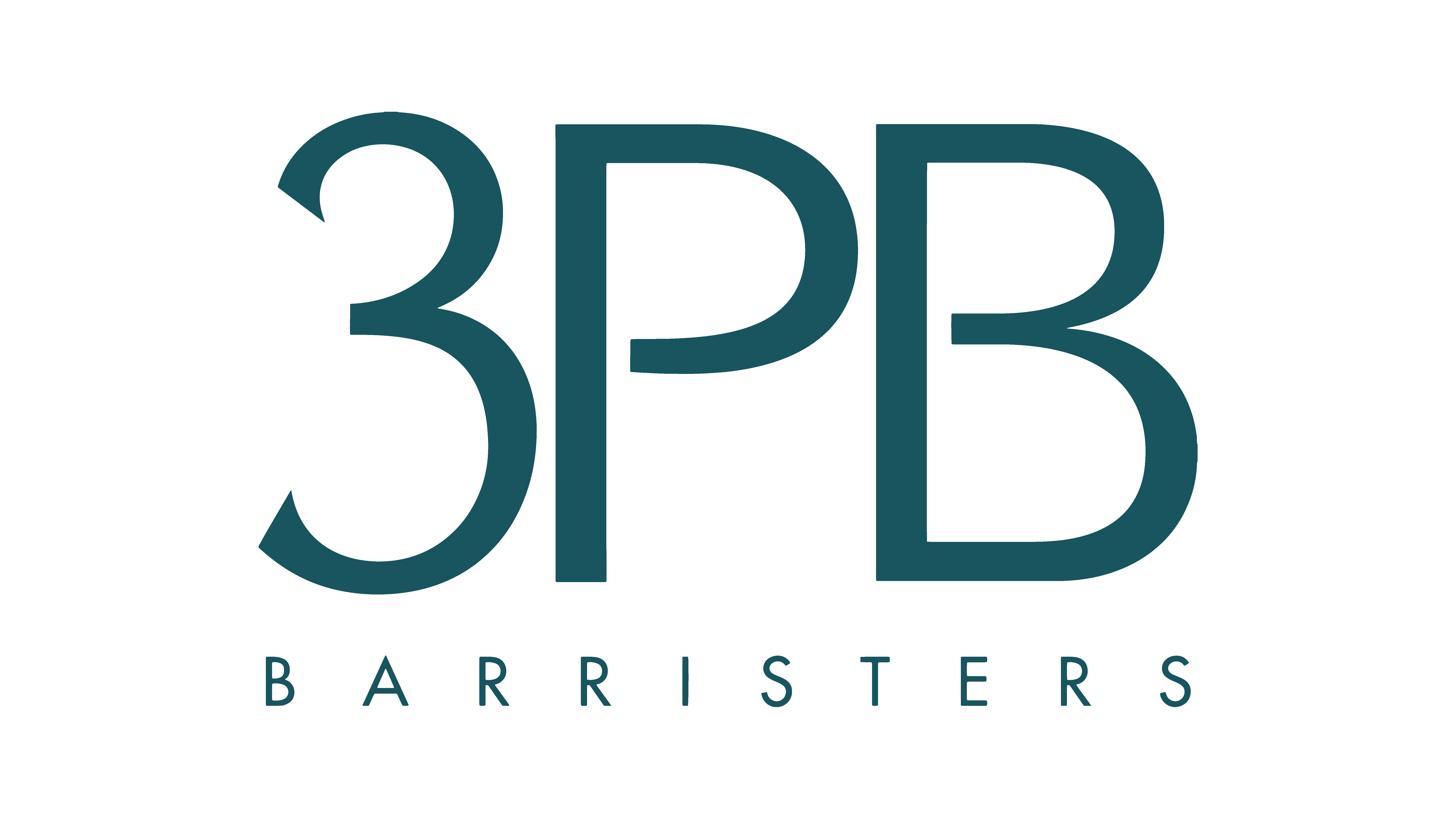Knowledge Hub
Join the Conversation!
Impartial and independent, ThoughtLeaders4 Disputes Knowledge Hub hosts cutting edge industry content and insight.
Email maddi@thoughtleaders4.com to submit content.
The Ecclestone Case and the Potential Pitfalls of Tax Investigations
Date: 28/11/2023 Type: Articles Topic: Private Client | Investment and HNWI’s |Readers will no doubt have seen the significant press coverage afforded to HMRC’s criminal prosecution of Bernie Ecclestone. High-profile criminal prosecutions of high net worth individuals (HNWIs) in relation to their tax affairs have been relatively rare in recent years in the UK. The sums involved are also eye-watering, with Mr Ecclestone reaching a settlement with HMRC involving the payment of over £650 million in tax, interest and penalties.
More generally, HNWIs are facing increased scrutiny over their tax affairs, particularly where there is an “offshore” connection. HMRC have significant investigative powers (which are even stronger for “offshore” matters) and they are not afraid to use them. Typically, this will start and end with a civil investigation. As Mr Ecclestone’s case shows, however, matters can turn criminal. In fact, HMRC are currently under pressure from various angles to increase the number of criminal prosecutions of wealthy individual). As is not uncommon, the criminal allegations in this case did not relate to the underlying historic tax position (which involved interests in offshore structures), but rather representations made during the course of a tax investigation. This highlights the more general point that it is critically important to ensure such investigations are handled with maximum care.
Data, data, everywhere
HMRC now have access to a vast volume of data, which forms a significant plank of their investigation and enforcement strategy. The data comes from a wide variety of sources. Perhaps the most important source is the Common Reporting Standard (CRS), under which tax authorities worldwide exchange information about offshore accounts held by individuals. Other sources include government agencies such as Companies House, the Land Registry, and the Border Agency’s immigration records, as well as social media and many others. They may also make specific information requests of third parties, both about particular individuals and also through bulk requests made to the likes of eBay, Amazon and (more recently) cryptocurrency exchanges.
The data is analysed by sophisticated computer software called “Connect”, which looks for anomalies that may highlight possible historic tax issues. In recent years, HMRC have grown fond of sending large batches of so-called “one-to-many” or “nudge” letters which are designed to prompt taxpayers to check their affairs in a specific (or not-so-specific) area and disclose any irregularities. The volume of these letters has become so great that their utility has perhaps diminished, but that is a discussion for another article. HMRC may also use the data available to them to open a specific, targeted investigation.
The investigative journey
Mr Ecclestone’s case pre-dated much of the recent expansion in available data, but is nevertheless instructive of the route a tax investigation may take. The case started off as a Code of Practice 8 (COP8) investigation. This is a serious investigation initiated by HMRC’s Fraud Investigation Service (FIS), typically in relation to tax avoidance schemes or offshore transactions. The COP8 guidance states it will be used where a taxpayer “deliberately tr[ies] to pay less than the correct amount or take[s] advantage of a scheme or device to reduce a tax liability.”
As a result of the information provided during the course of the COP8, HMRC escalated matters and opened a Code of Practice 9 (COP9) investigation. COP9 is HMRC’s most serious civil investigative tool. It is used in cases where HMRC suspect tax fraud and begins with a letter stating simply that HMRC has such suspicions, but without providing any further detail. It contains an offer under the Contractual Disclosure Facility (CDF). This essentially allows the taxpayer to make a full disclosure and payment of all unpaid historic tax as a result of deliberate (and non-deliberate) behaviour, in return for immunity from prosecution. The taxpayer has 60 days in which to accept or reject that offer.
A rejection can mean the resumption of a civil investigation. Equally, HMRC make very clear that any incomplete or inaccurate disclosure can lead to a criminal investigation. That is precisely what happened to Mr Ecclestone. What led HMRC to take that route in his case was a representation made in a meeting with HMRC that he was not linked as a settlor or beneficiary to any other trust in or outside the UK (other than one trust that had previously been disclosed).
HMRC subsequently charged Mr Ecclestone with fraud by false representation under section 2 of the Fraud Act 2006, to which he eventually pleaded guilty. This was in addition to a civil settlement involving the payment of over £650 million in tax, interest and penalties.
Consequences
HMRC will no doubt feel significantly emboldened by such a high-profile success. We can expect them to continue to ramp up their scrutiny on the tax affairs of HNWIs, particularly where offshore structures are involved. In appropriate cases, they will also look to bring criminal prosecutions. This all highlights the critical importance of taking the utmost care in any interaction with HMRC. Often it is not the underlying tax liability itself that causes the biggest issues, but representations made after the event during an investigation.
A final thought on penalties
The sentencing remarks of Mr Justice Bryan at Southwark Crown Court note that Mr Ecclestone’s settlement with HMRC included a failure to correct penalty (under Schedule 18 of the Finance (No 2) Act 2017) levied at 200% in respect of certain tax liabilities. The penalty regime is complex but it applies (broadly) where there is an unpaid income tax, CGT or inheritance tax liability relating to an offshore matter for certain historic periods (broadly prior to 2015/16 for income tax / CGT and before April 2017 for inheritance tax) that was not disclosed to HMRC before a specific date (30 September 2018).
Even now, this penalty regime is still very much in point, given the extended time limits applicable to offshore tax liabilities and cases where there has been a deliberate loss of tax or no return has been filed. For income tax / CGT, HMRC can go back up to 20 years; and for certain inheritance tax liabilities there is no time limit at all. The penalties start at 200% of the tax liability, subject to a reduction to 100% for the quality of the disclosure – and they can be avoided completely if the taxpayer has a reasonable excuse or there are special circumstances.
The sheer size of these penalties, and the possible reduction on offer, highlights the importance of making a full and prompt disclosure to HMRC for any taxpayer faced with unexpected historic tax liabilities. For example, the difference between a voluntary and an involuntary disclosure is potentially 50% of the tax at stake. Expert advice should always be taken as to how best to mitigate the penalty position.
Author
Hugh Gunson - Charles Russell Speechlys
Our Disputes Corporate Partners























